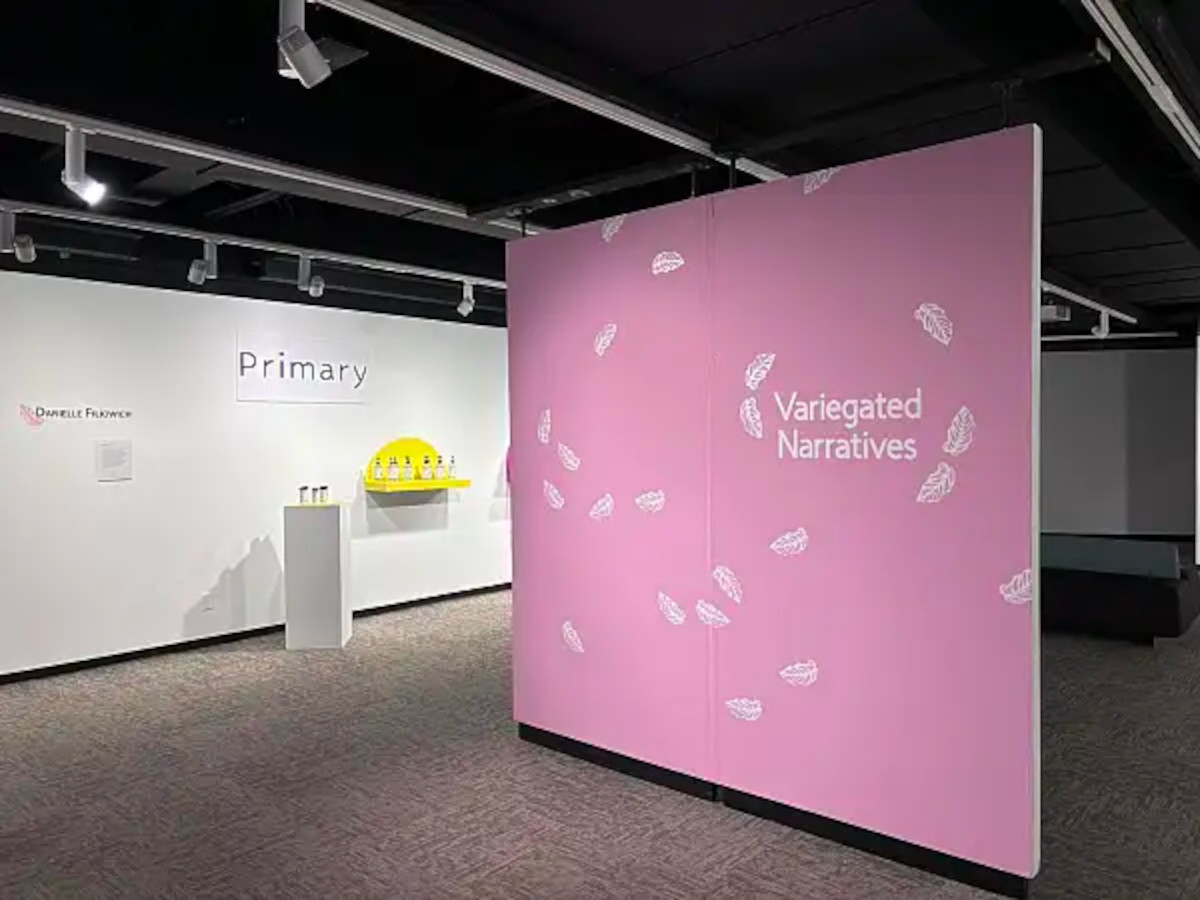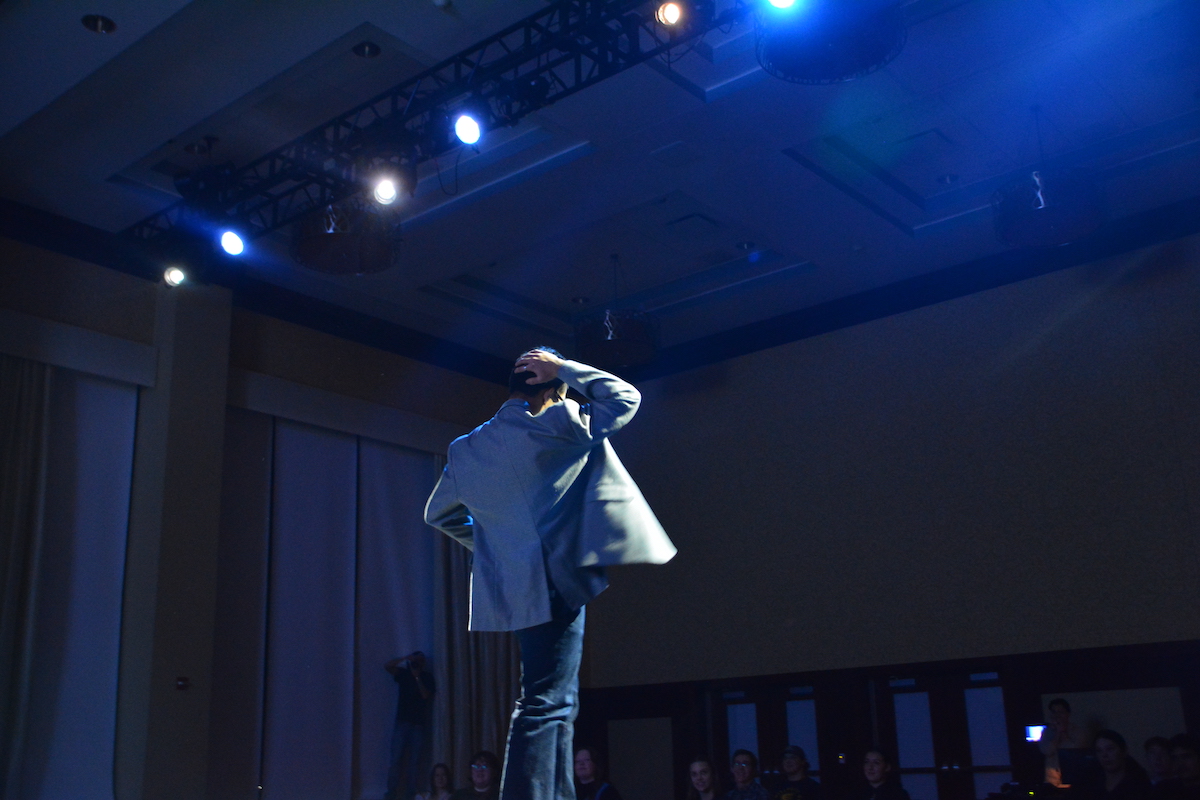Over the past few years, several ‘buy local’ movements have cropped up, from the 350 movement to Small Business Saturday. Volume One magazine has added a new one, this movement specific to the Chippewa Valley.
“We wanted a localized version of that to show the readers the impact they can have on their community by spending this money locally,” Nick Meyer, editor and publisher of Volume One, said.
The idea is simple, Meyer said.
“The key ingredient to something like this is the so-called ‘localizer effect,’” he said. “If someone spends $100 at local businesses, more of it will be re-spent in the community.”
Volume One’s logic is based on the Andersonville Study of Retail Economics. According to the study, for every $100 spent at a local and independent business, $65 stays in the local economy. If that same $100 is spent at a national chain retailer, the money re-circulated into the local economy is, at best, only $43.
The money is re-spent in the community by the owners and employees of the local business, who will then spend some of the money they make at other local places such as restaurants, auto mechanics or dentists.
According to Volume One’s website, if every one of their more than 45,000 readers spends $100 locally this holiday season, the total spending will be $4.5
million. Thanks to the localized multiplier, the money spent at local stores becomes $7.56 million.
Melissa Miller, a senior English and Spanish secondary education major, said she finds the idea interesting and would consider shopping locally, though she hasn’t planned too much as far as Christmas shopping goes.
“The economy has been really bad lately, and I’m sure those stores aren’t doing as well. It’s a good idea, as opposed to just giving more money to Walmart,” Miller said.
While she said she does most of her Christmas shopping at home, she’ll keep local shops in mind.
“In theory, I’d like to shop downtown,” she said. “Maybe if I think of something I could buy from a store downtown, I will.”
Meyer said the use of social media has helped to spread awareness of the campaign to buy locally. On Facebook, people who want to support the movement can share it on their page. Meyer said almost 900 people have done so already.
Almost 60 businesses in the Chippewa Valley are involved in the buy local pledge, Meyer said.
On Water Street, Calista Salon, Eau Claire Bike and Sport and Burracho’s are all involved. Downtown Eau Claire businesses include Stella Blues Restaurant, Skin Print Tattoos and Volume One’s own shop, The Local Store
Jamie Kyser and Erin Roesler are the co-owners of Tangled Up In Hue, an art collective located on Barstow Street which stocks all sorts of arty, locally made pieces, including jewelry and clothing.
“Our sales records have gone up considerably from last year,” Kyser said. “I don’t know if it’s the economy or if it’s this buy local campaign push that
everyone’s doing.”
Kyser said she’d like to think it’s the buy local push that’s helped increase sales.
“We’ve had a lot of customers let us know that they’re shopping to support the local economy and local artists,” Kyser said.
Kyser said buying from local stores is important not only for the stores themselves, but the community as a whole.
“We need local businesses like us and like all the other businesses that are here downtown to keep Eau Claire vibrant and have a fun downtown area,” Kyser said. “It’s basically just a cyclical effect where the more we can get people to shop locally the more new businesses we can bring here and get people to stay in Eau Claire, not move to the Cities to find fun stuff to do.”
Of the other businesses involved, some may not fit the typical idea of what a local business is, Meyer said. Some are franchises, like Gloria Jean’s Coffees, located in the Oakwood Mall.
“People think of it as a chain, but it’s not,” Meyer said. “It’s a franchise that’s very much a locally owned business … just with a different model.”
The different mix of shops allows for easy shopping, Meyer said.
“(Buying local) can give students a lot of opportunity while wrapping up the end of the semester, whether it’s downtown or on Water Street, to get their
shopping done,” Meyer said.
While this may be convenient for some, Meyer said he also realizes that people will also be shopping at the mall.
“No one expects anyone to spend 100 percent of their discretionary income at local shops,” he said. “It’s about getting a mix to find what you’re looking for.”






